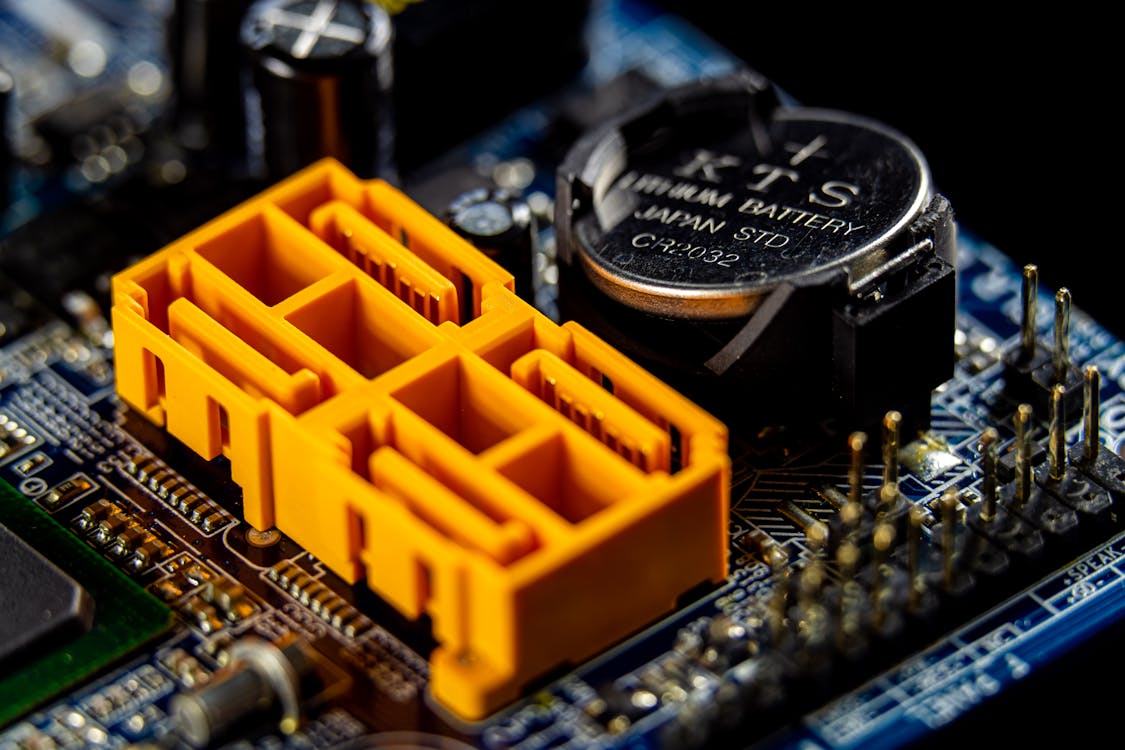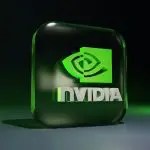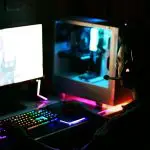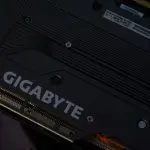
Intel unveils its latest Core Ultra 200V series processors, codenamed Lunar Lake, claiming to surpass the capabilities of their predecessors and rival chips from AMD and Qualcomm. This series marks Intel’s first foray into using Taiwan Semiconductor Manufacturing Company Limited’s (TSMC) N3B (3nm) process for the compute tile and N6 for the platform tile.
These processors boast a 30% increase in gaming performance compared to their predecessors and offer up to 20+ hours of battery life.
This marks a substantial improvement over both AMD’s latest Strix Point and Qualcomm’s current offerings. According to Intel, the new CPUs are “much faster than AMD and Qualcomm equivalent laptops across a range of tasks, including games.”
Core Ultra 200V Overview
The Core Ultra 200V series includes nine new chips in the Core Ultra 5, 7, and 9 configurations. Each processor features eight CPU cores with four “Lion Cove” performance (P-cores) and four “Skymont” efficiency cores (E-cores), all with eight threads. They also seem to be dumping hyperthreading from their previous endeavor on both cores.
A key feature of the series is its power efficiency, achieved by increasing its E-cores and doubling the L2 cache. Arik Gihon, Intel’s senior principal engineer of architecture, notes that they “needed something special SoCl” to compete, and they “turned over every rock” to achieve this efficiency.
The new chips come with 16/32GB dual channel LPDDR5x-8533 memory, and you won’t be able to add more memory down the line. Intel claims the built-in RAM approach allows for greater power efficiency and lower power consumption, drawing up to 50% less power than the Meteor Lake processors and making them ideal for thin-and-light laptops and fanless devices.
Impressive Gaming and AI Performance
Lunar Lake chips come with Intel’s new Xe2 built-in GPUs with up to 67 TOPS (tera operations per second) and claims of 1.5x improvement in performance over the outgoing Xe GPU found in Meteor Lake chips. Early demonstrations have shown impressive gaming performance, with frame rates exceeding 60 fps at maximum settings in games like F1 2024.
Additionally, the updated neural processing unit (NPU) will handle AI tasks with up to 48 TOPS on the 6x Gen4 version. The processors support over 500 optimized AI models, empowering users to fully exploit AI’s potential in various domains, from content creation to security and productivity.
Michelle Johnston Holthaus, Intel’s executive vice president and general manager of the Client Computing Group, emphasizes, “Intel’s newest Core Ultra processors set the industry standard for mobile AI and graphics performance, and smash misconceptions about x86 efficiency.”
In terms of connectivity, the new chips support a range of modern I/O standards, including PCI-Express 5, Thunderbolt 4, USB4, HDMI 2.1, DisplayPort 2.1, Wi-Fi 7, Bluetooth 5.4, and Gigabit Ethernet.
What to Expect
These processors are now available for pre-order. Market response to the series is expected to be positive, with over 80 designs from major manufacturers like Acer, ASUS, Dell, HP, Lenovo, LG, MSI, and Samsung set to launch. Most of the current claims are based on Intel’s own benchmarks, and independent verification will be necessary to confirm these performance metrics once devices are reviewed.
Intel’s Core Ultra 200V series represents an overall significant leap in power efficiency, AI capabilities, and performance. Being able to leverage TSMC’s manufacturing processes makes it well-positioned to compete in the evolving semiconductor landscape. As these processors hit the market, Intel might just reclaim their market share in the premium laptop segment, particularly among professionals and gamers who demand high performance and long battery life.










